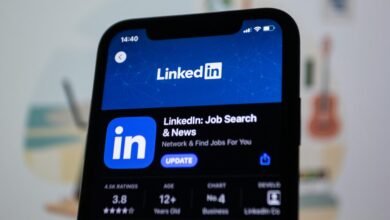Find Out Everything About Any Phone Number: 8555737348, 8556656942, 8556829141, 8556961298, 8557219251, and 8557844461

The phone numbers 8555737348, 8556656942, 8556829141, 8556961298, 8557219251, and 8557844461 serve various purposes in commercial communication. They are frequently utilized for telemarketing and customer service interactions. However, their association with unsolicited calls raises concerns. Understanding the origins and common scenarios of these numbers can provide clarity. As the prevalence of such calls increases, effective management techniques become essential. The implications of these interactions warrant further examination.
Understanding the Origins of the Phone Numbers
The origins of phone numbers can be traced back to the early development of telecommunications systems in the late 19th century. Initial systems utilized simple number formats, evolving through various historical phases.
An analysis of this history reveals the necessity for standardized numbering to facilitate communication. The shift from operator-assisted calls to automated dialing marked a significant milestone in enhancing user autonomy and freedom in communication.
Common Uses and Scenarios for These Numbers
Phone numbers serve a multitude of purposes across various contexts, playing a critical role in both personal and professional communication.
Specifically, numbers such as 8555737348 and its counterparts are frequently utilized in telemarketing tactics, enabling businesses to reach potential customers efficiently.
Additionally, they often function as customer service lines, providing essential support and information to clients, thereby enhancing overall user experience.
Tips for Handling Unfamiliar Calls
How can individuals effectively manage calls from unfamiliar numbers?
Employing call screening techniques is essential; utilize built-in smartphone features or dedicated apps to identify potential spam.
If a call seems suspicious, do not engage. Instead, consider reporting scams to relevant authorities.
This proactive approach not only safeguards personal information but also contributes to broader efforts in combating fraudulent activities.
Conclusion
In a world where the phone rings with the promise of miraculous deals and unparalleled customer service, these six numbers stand as beacons of unsolicited hope—if only one could decipher the true intentions behind the incessant calls. As consumers navigate this modern labyrinth of telemarketing, one can only marvel at the audacity of businesses that seek connection through disruption. Ultimately, the art of call screening becomes not just a skill, but a necessary survival tactic in the age of relentless outreach.







